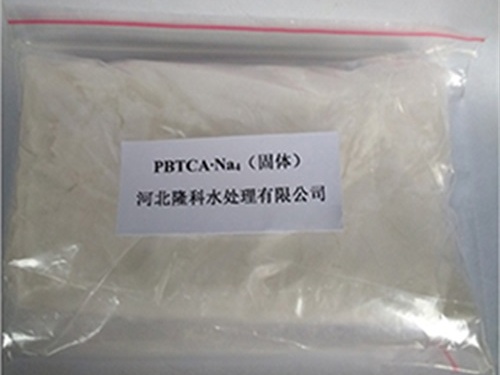water coagulation and flocculation
Water Coagulation and Flocculation A Comprehensive Overview
Water treatment is an essential process that ensures safe and clean drinking water for communities worldwide. Two critical operations within this process are coagulation and flocculation. These methods play a pivotal role in removing turbidity, organic matter, and pathogens from water, thus improving its quality and making it suitable for consumption.
Coagulation is the first step in the process, where chemicals, known as coagulants, are added to water. These coagulants, typically metal salts such as aluminum sulfate or ferric chloride, have the property of neutralizing the charges of suspended particles, including dirt and microorganisms. Water naturally contains a mix of charged particles, and these particles tend to repel each other due to their similar charges. When coagulants are introduced, they disrupt this charge balance, allowing particles to come together and form larger clusters called flocs.
The effectiveness of coagulation depends on several factors, including the type and dosage of coagulants used, the pH of the water, and the temperature. Each water source has a unique set of characteristics, and as such, determining the appropriate coagulant type and amount is crucial for optimal performance. It often requires jar tests—small-scale experiments to evaluate the coagulation potential of various chemicals on specific water samples.
Following coagulation, the flocculation process begins. This second step involves gently mixing the water to encourage the clumped particles or flocs to aggregate further into larger, more discernible formations. Flocculation typically takes place in a designated basin where slow stirring allows the flocs to combine without being broken apart. The mixing speed and duration are critical; insufficient mixing may not promote enough floc formation, while overmixing can disrupt large flocs back into smaller particles.
water coagulation and flocculation

Once flocs have formed sufficiently, the next stage is sedimentation, where the gravity helps the heavier flocs settle at the bottom of the treatment tank
. The settled sludge can then be removed, leaving clearer water above, which can be subjected to further filtration and disinfection.The advantages of using coagulation and flocculation are significant. They not only reduce turbidity, resulting in visibly clearer water but also lower the concentration of harmful pathogens and organic contaminants. Additionally, these processes help in the removal of nutrients like phosphates, which can contribute to algal blooms if they enter natural water bodies.
Moreover, advancements in technology have led to the development of more efficient coagulants and techniques that enhance the overall water treatment process. Innovations such as synthetic polymers have gained popularity, providing alternatives to traditional coagulants with improved performance in certain situations. Additionally, real-time monitoring of water quality parameters enables operators to adjust coagulant dosages dynamically, ensuring better outcomes.
However, challenges remain in water coagulation and flocculation. The correct treatment process must balance economic considerations, environmental impacts, and public health needs. It is crucial to continuously research and optimize these processes to adapt to changing water quality conditions due to factors such as climate change and urban development.
In conclusion, water coagulation and flocculation are indispensable techniques in the water treatment industry. Through the careful application of chemical coagulants and controlled mixing procedures, these processes help purify raw water, ensuring it meets safety standards for human consumption. As technology progresses, the future of these operations looks promising, paving the way for even more efficient and sustainable water treatment practices.
-
2 Phosphonobutane 1,2,4 Tricarboxylic Acid (PBTCA): Superior Scale & Corrosion InhibitorNewsAug.31,2025
-
Dodecyldimethylbenzylammonium Chloride: High-Purity DisinfectantNewsAug.30,2025
-
2-Phosphonobutane-1,2,4-Tricarboxylic Acid: Scale & CorrosionNewsAug.29,2025
-
Premium Isothiazolinones | Broad-Spectrum Biocidal SolutionsNewsAug.28,2025
-
LK-319 Special Scale And Corrosion Inhibitor For Steel Plants: Advanced Solutions for Industrial Water SystemsNewsAug.22,2025
-
Flocculant Water Treatment: Essential Chemical Solutions for Purification ProcessesNewsAug.22,2025





